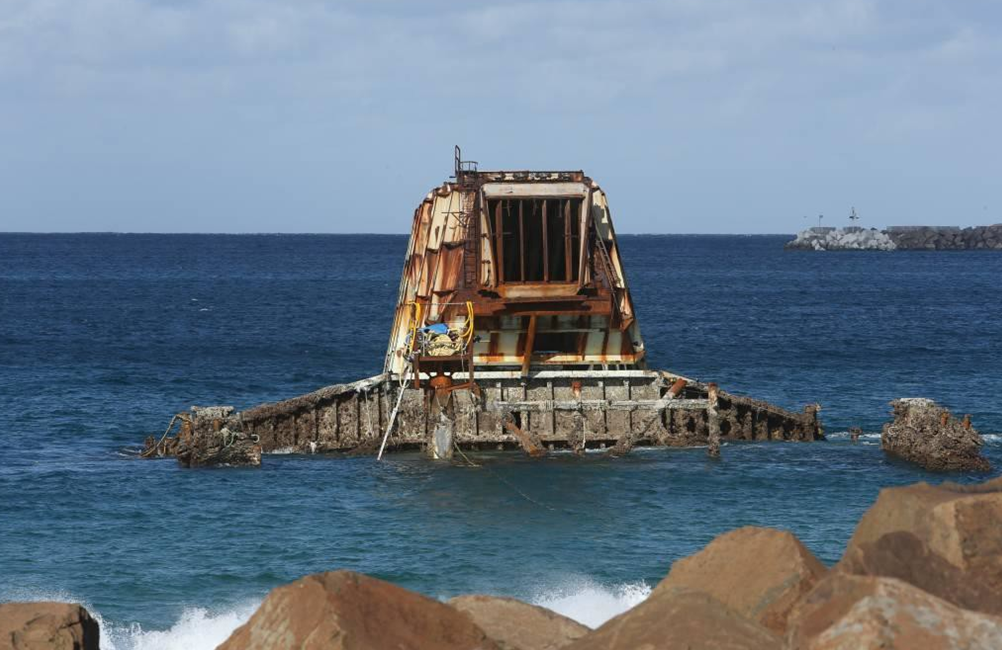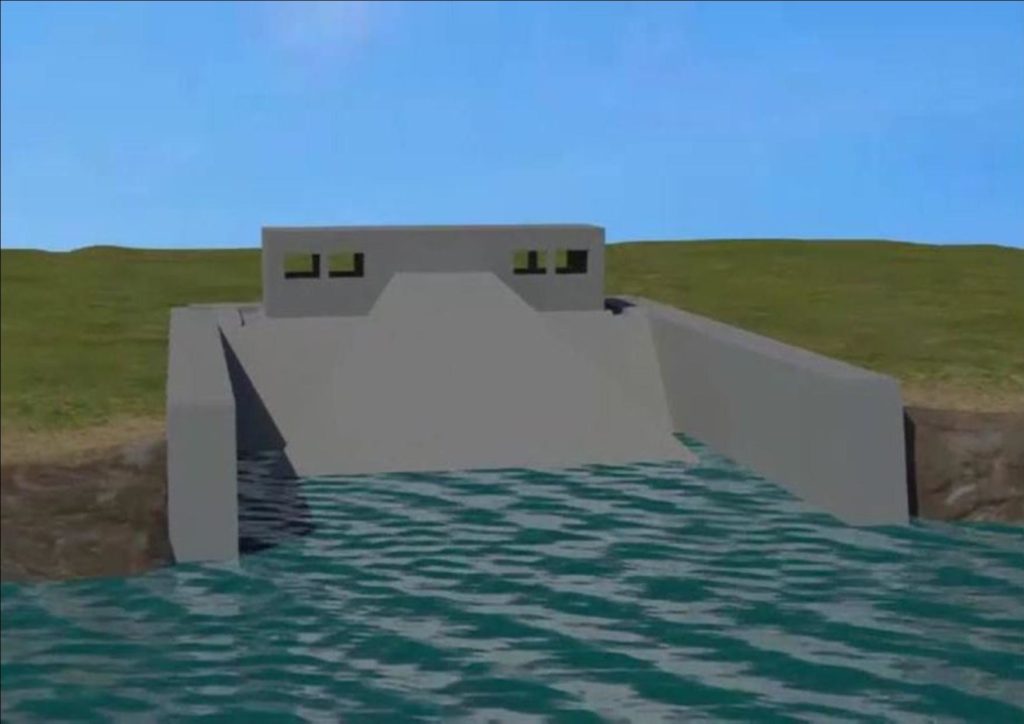Hilton Wave Power Technology
Power of the sea
The open ocean is capable of a power output of over 1000 kilowatts per wave meter. Compared to the air at 1.23 kg/m3 , sea water has a density of 1024 kg/m3 , which gives wave energy 835 times more power than air at the same volume. As solar power delivers just 1 kilowatt per square meter at noon on a clear summers day, wave power is by far the ultimate source of accessible free energy. Even though there are some variations in wave intensity over the year, waves never stop and they can deliver massive amounts of energy on a continuous basis.


The negative impact
On the negative side, the sea is a harsh and corrosive fluid. With waves, there is the additional problems of the elements such as storms, tempest, cyclones and the occasional tsunami. Clearly any system designed to extract power from the sea must be capable of handling the worst nature can impose.
Most designs fail to survive
Things that bob up and down in the sea at the surface, or flow to and fro, or rotate with the tides beneath the sea, may not stand up to the ravages of the sea for long. These testing conditions means that some devices may be swept away, sunk or require costly and time consuming repairs when the design of such devices are not adequate to the task.
In addition , undersea systems will need to be extracted from the sea occasionally for service or divers will need to carry out these hazardous maintenance functions on site, resulting in exorbitant and unacceptable costs. Sea to shore couplings are also vulnerable and may snap when stressed.

The Hilton OWC System
Any device that is used to capture the power of the sea must therefore be capable of handling every condition that such an environment demands, in a safe, economical and sustainable manner. The Hilton Oscillating Water Column was designed to meet these hazardous conditions. This video simulates how the HIlton OWC works and demonstrates the longevity of the system to cope with ocean extremes.
The OWC system has now been superseded by a totally new concept
Even though the OWC was designed to overcome every hazard, its power output proved inadequate to justify the cost of construction. In hindsight, it was obvious , the OWC systems consume most of the power of the wave in lifting the water against gravity (1024 kg/m3), resulting in very little energy left to drive the same comparative volume of air through the turbine for each half cycle of the waves (1.23 kg/m3 ).
Not perturbed by the outcome, I now have a thorough understanding of what is needed for a successful wave power system. The OWC had satisfied the safety and longevity aspects, but it was not adequate to capture the maximum power of the wave directly, as well as being economical to construct, easy to maintain and eliminate the need for undersea cabling. I have now solved all of these problems with a new awesome system.
